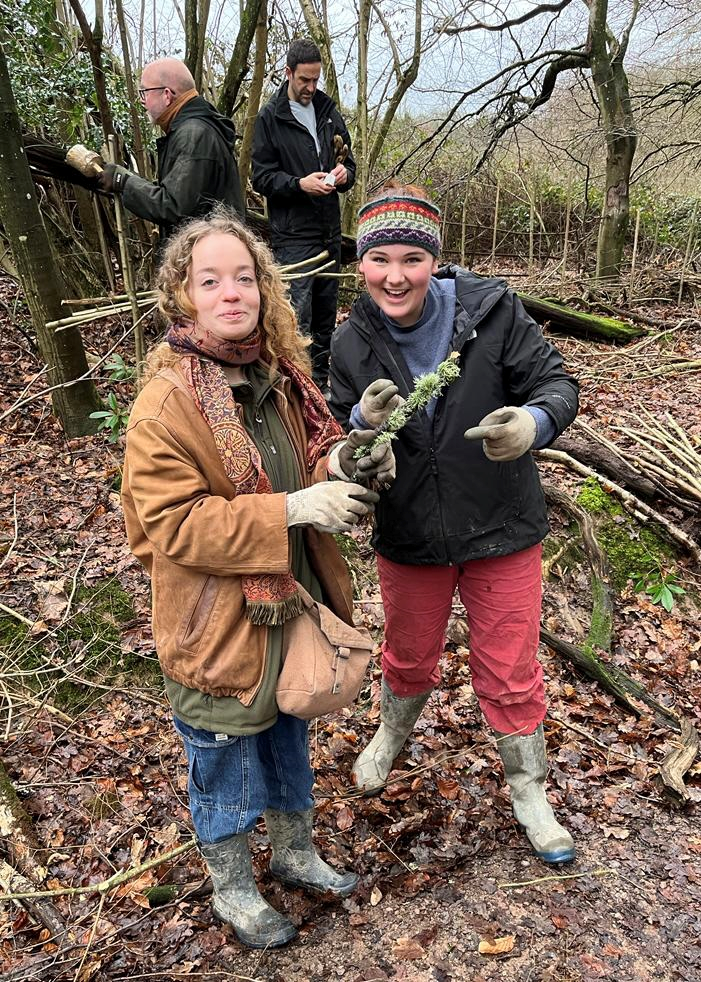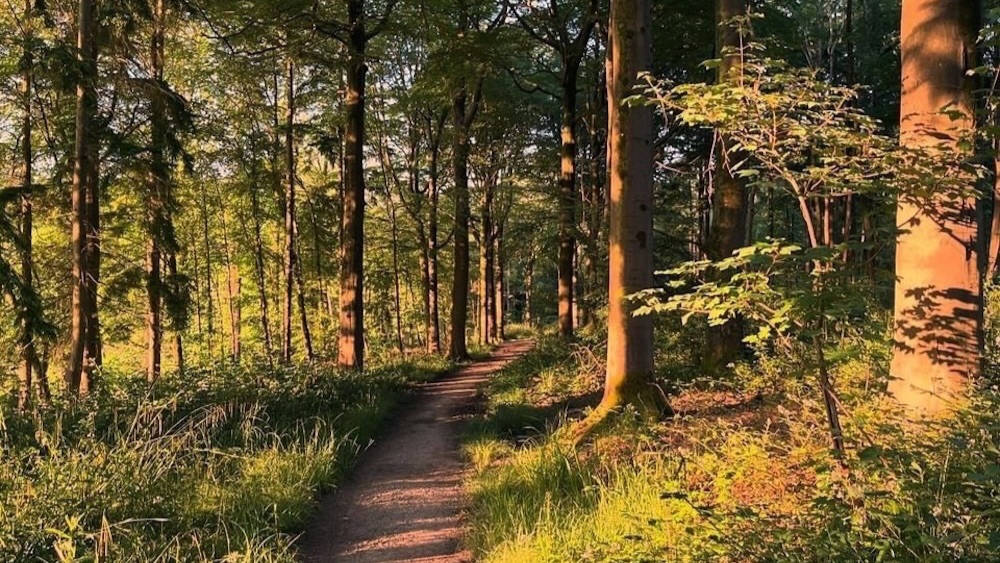
Biodiversity
William Robinson Gravetye Charity is committed to the preservation and enhancement of William Robinson’s legacy – The Gravetye Estate in West Sussex.
We will be improving biodiversity and forest resilience through our projects. Please donate today or consider volunteering with us to make a real difference for wildlife.
Ecological Surveys
The Charity has a mission to protect existing habitats and ecosystems and to improve biodiversity in the future.
With the help of experts and volunteers, we have been undertaking a host of ecological surveys around the estate over the last year. Survey data will help us determine what needs to be improved upon (added to, bettered, or changed) to increase biodiversity.
We are currently undertaking bird, reptile, dormouse, Great Crested Newt, small mammal, bat, invertebrate and wildflower surveys with a view to implementing our findings in the not-too-distant future.
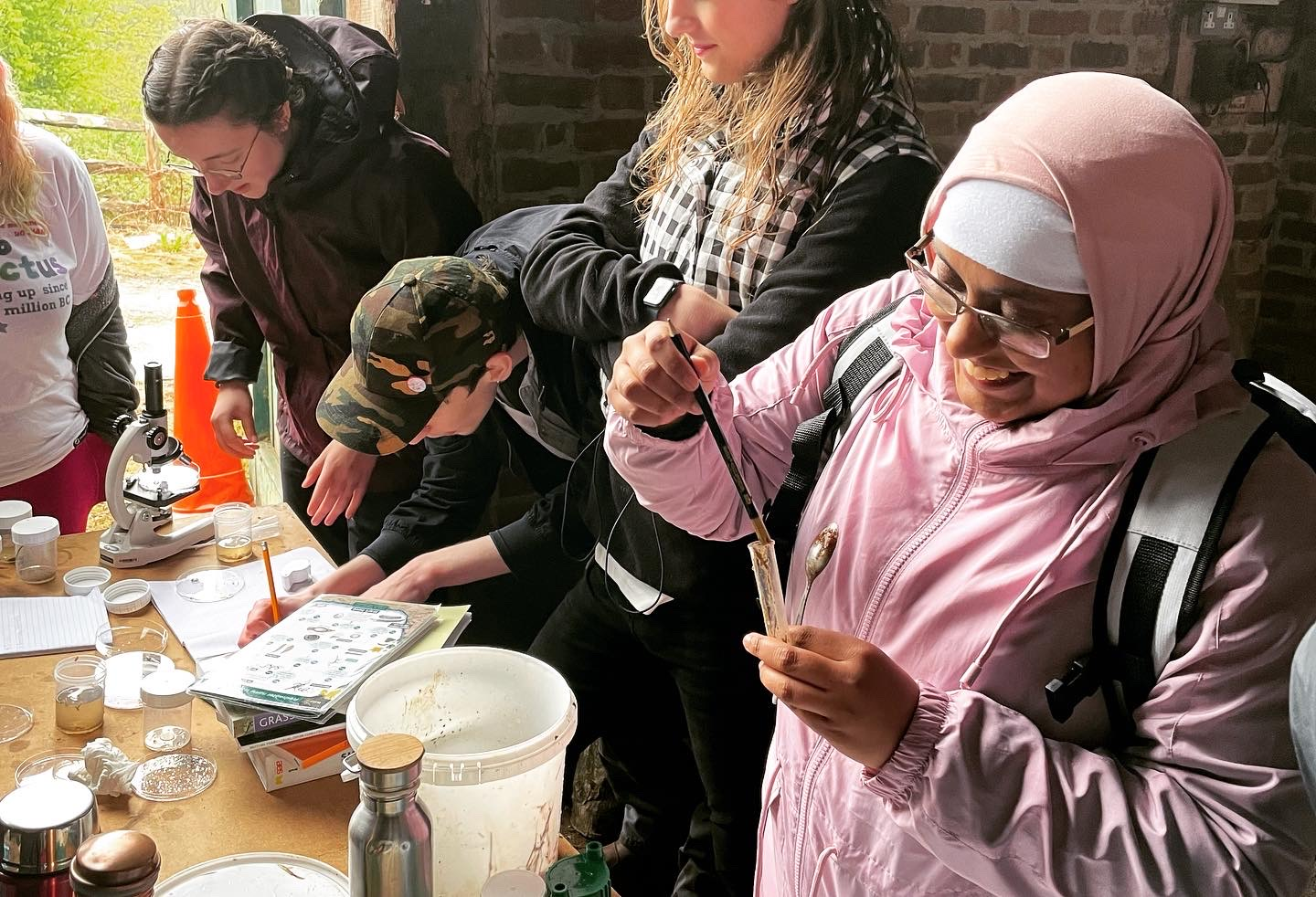
Mark Mallalieu CBE, Chair of the Scientific Committee of the Sussex Ornithological Society, kindly carried out a bird survey for the Charity between August 2022 and late May 2023. He identified the presence of 71 bird species. Volunteers were able to add two more species– Common House Martin and Treecreeper – making the tally 73. Please read our blog to find out more about the unusual species that live in Gravetye Estate or visit us.
We hope to be part of the Weald to Waves initiative to further our ecological knowledge and to share our findings with others.
Planting Resilient Trees

Climate Change is here to stay, and we all need to be mindful of the changes it is bringing whilst continually adapting to its impacts.
Our changing climate presents a host of challenges such as unpredictable wind and rainfall and temperature fluctuations. Amongst other things, this has led to an explosion in tree diseases including fungi, parasites, and pests. We actively manage these threats to contain, and hopefully, reduce or stop their spread.
Many mature ash trees have been felled due to ash dieback, a lethal fungus which originated from Asia. The eight-toothed spruce bark beetle (Ips typographus) was discovered on the estate in summer 2022 and we were forced to clear-fell infected areas as a matter of urgency.
Across the estate, our felled trees are being replaced with natives or species that are resilient to the pressures of climate change and, vitally, fit with the ethos of William Robinson.
Our woodland can help tackle climate change by capturing carbon from the atmosphere whilst providing a place that improves the diversity of flora and fauna in our small corner of Sussex.
Wildlife Ponds
Ponds play a critical role in improving and maintaining biodiversity, supporting more species than any other freshwater habitat. Healthy networks of ponds aid the movement of wetland species around the countryside, supporting nature corridors that allow a whole host of species to co-exist.
Ponds were important when William Robinson owned the Gravetye Estate, as a source of water for both animals and humans. Until the middle of the twentieth century, ponds were a common feature of the UK landscape and, as a critical source of stored water, were routinely maintained by farmers and landowners.
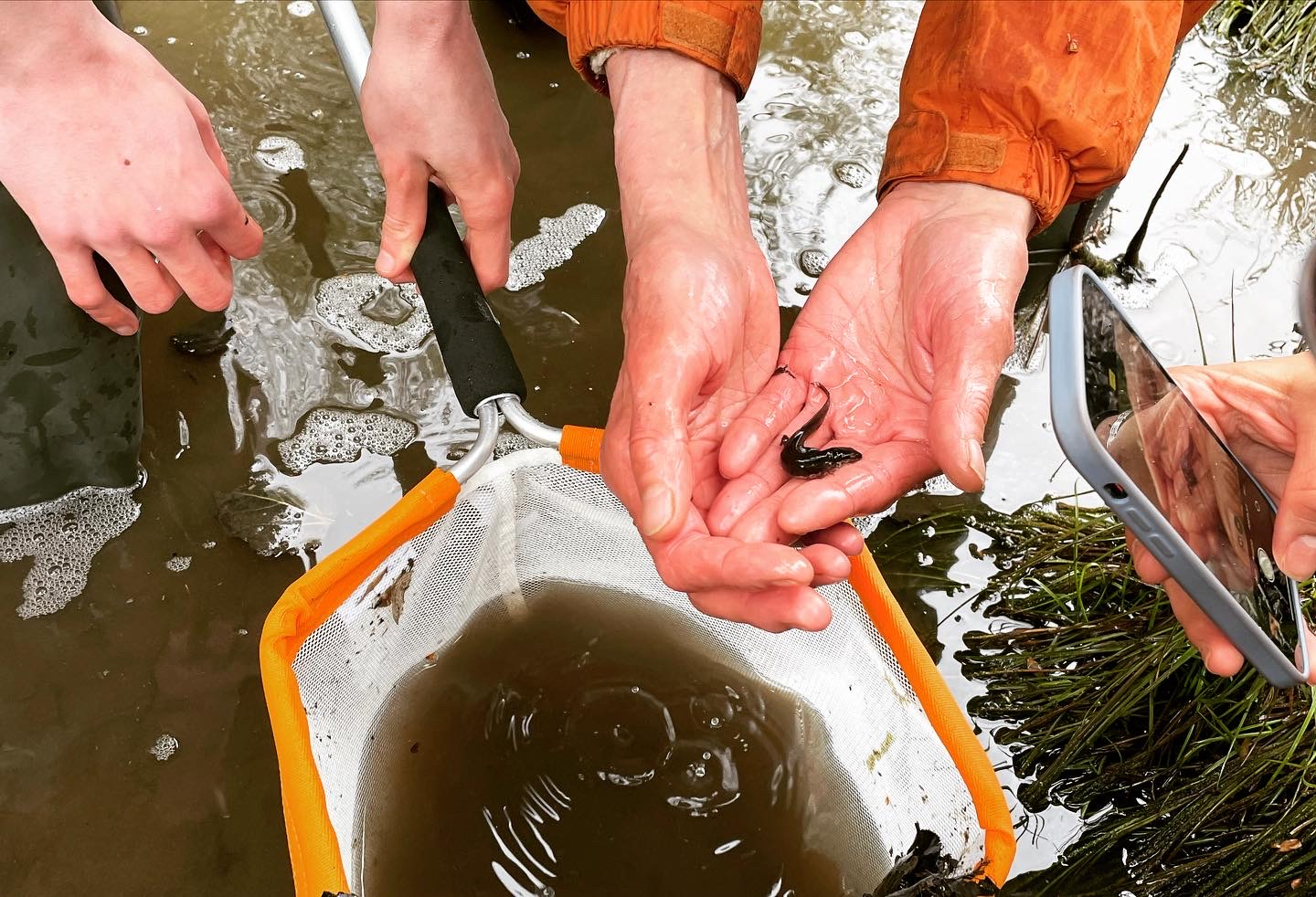
With changes in agriculture – including more intensive farming and improved irrigation – pond numbers declined rapidly and over half a million ponds have been lost in the UK over the past 100 years. The ponds that remain are often neglected and in very poor condition.
In recent times, their importance in supporting and protecting all kinds of animal and insect life has been recognised and understood. The diversity of life supported by ponds is remarkable and includes amphibians, freshwater invertebrates, birds, bats, small mammals, and flora.
William Robinson Gravetye Charity is committed to creating new wildlife ponds whilst improving the existing ponds which are part of William Robinson’s living legacy. We are fortunate to have many hammer ponds on the estate which are a relic of the iron ore industry. We plan to work with the Newt Conservation Partnership to rejuvenate a small pond next to Lower Lake encouraging Great Crested Newts and other wildlife to this area. We will share news of this project as is evolves.
Wildflower Meadows
In the UK, we have lost 97% of our wildflower meadows since the 1930’s, with an accompanying marked and devastating impact on our native pollinators, particularly the 250 plus species of bee which call the UK home. It’s critically important that we all do our part to restore these environments. The habitats that wildflower meadows provide for pollinators are vital part in supporting the natural ecosystem and preventing its decline.
Wildflower meadows are also important habitats that support small mammals, birds, bats, and a plethora of invertebrate species. They also store carbon – a wildflower meadow can store 30% more carbon than a flowerless meadow.
As farming patterns change, several fields around the estate are passing back into the management and control of the charity. We plan to transform them from grazing pasture into pollinator friendly, species rich, native wildflower meadows.
You can expect to see these meadows gradually springing into life over the coming years. In the meantime, we’re also creating pollinator friendly areas, including bee and butterfly banks and bug hotels.
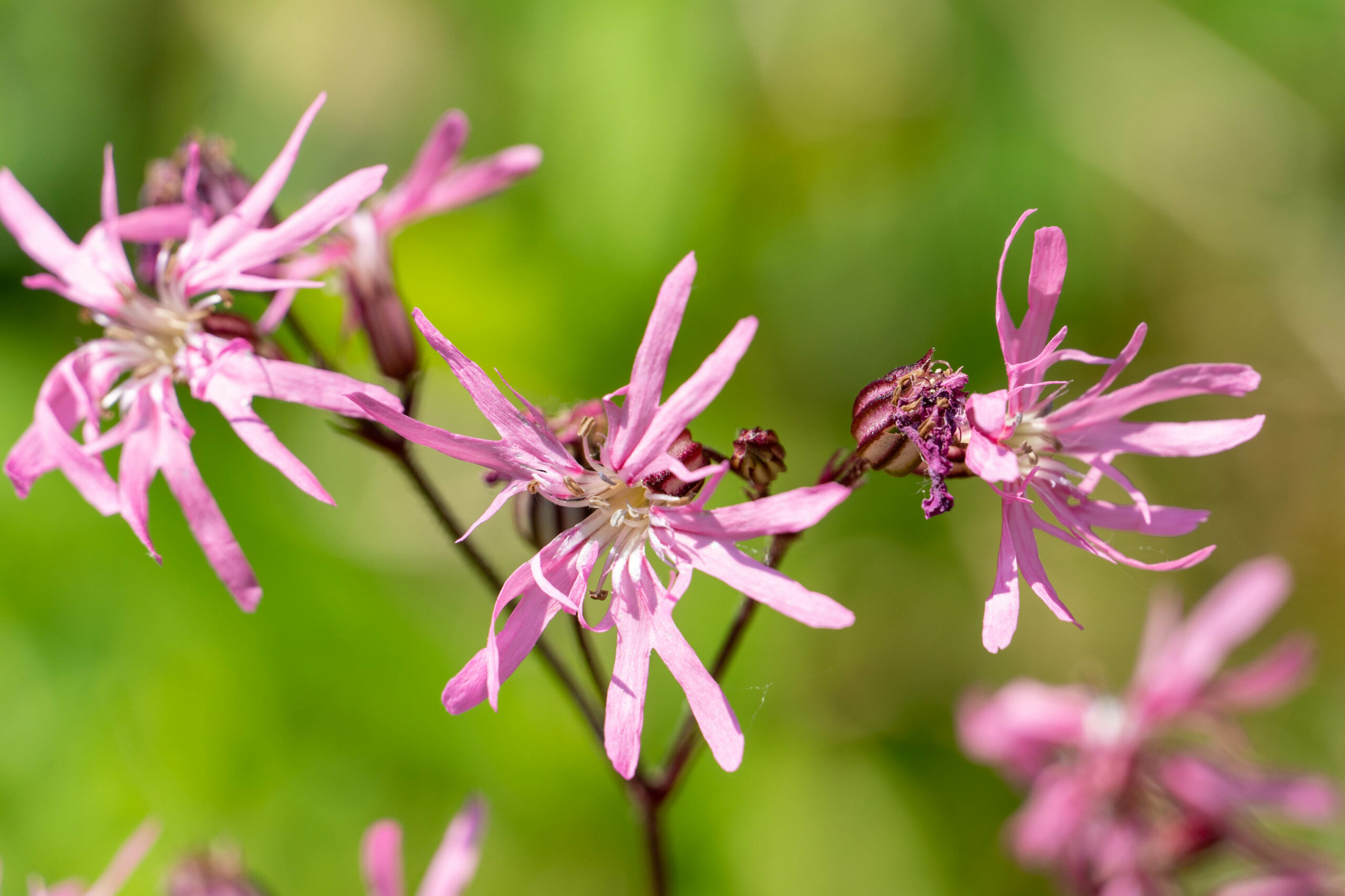
Hedgerow Improvement
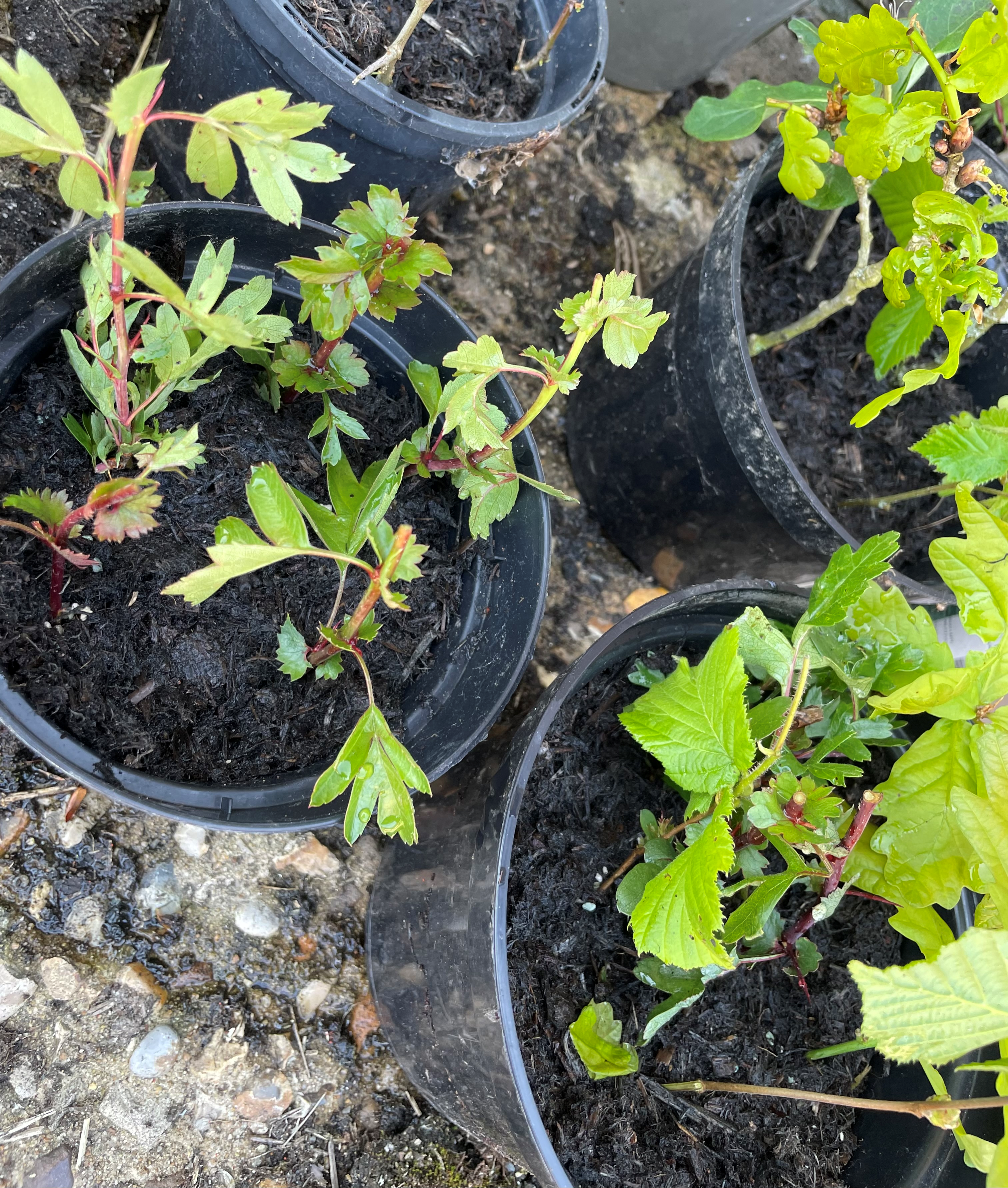
Sadly, some 118,000 miles of hedgerow has been lost to intensive farming and urban development since 1950. This negatively impacts nature as hedgerows provide vital food and shelter for many species of birds, mammals, insects, amphibians, and reptiles. As well as being wildlife corridors, linking woodland habitats, they also play a role in preventing soil erosion, reducing flooding, and capturing carbon.
The hedgerows across Gravetye Estate are in quite poor condition and have, historically, been maintained so that they are short, thin, and with too many gaps.
We have set plans in motion to manage our existing hedgerows more proactively – making our contribution to building back this important and disappearing habitat.
A new hawthorn hedgerow was planted in late 2022 following the course of the path from the hotel entrance to the gate that leads down to the stream that connects to Lower Lake. As the hedge establishes itself, protective fencing has been erected to stop the young trees from being eaten by deer. We will continue to build and add to all our hedgerows to continually enhance the biodiversity on the Gravetye Estate.
We are establishing our own hedgerow nursery, to create new hedgerows and fill in gaps that we find around the estate.
Finally, our volunteers have built dry (or dead) hedgerows which provide hiding places and nesting habitats for all sorts of creatures, as well as food for insects.
Conservation Management
Conservation management is strictly adhered to alongside the commercial forestry operation of the Gravetye Estate. This work is continuous and involves tasks such as removal of invasive plant species, deer and squirrel management, cyclical strimming and brashing of rides, coppicing, and tree planting.
Our once-monthly volunteer days and regular school sessions make an important contribution to conservation management. Volunteers have been responsible for removing hundreds of metres of old, rusty, and dangerous barbed wire, planting hundreds of trees, construction of dry hedges and a the development of wildlife areas.
We are keen to host bespoke corporate volunteering days and to nurture partnerships with local schools and organisations. Find out more about how you can volunteer here.
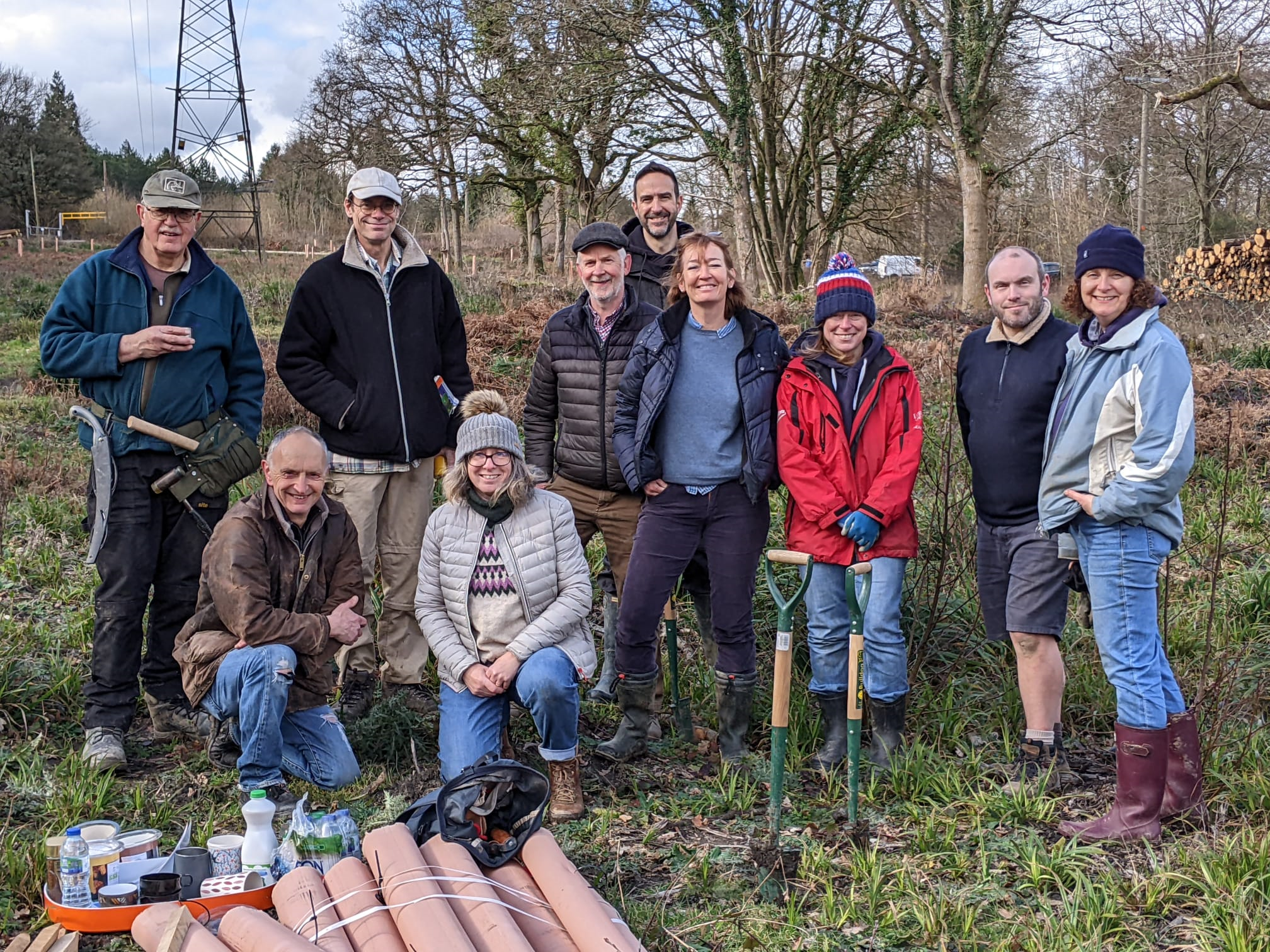
Access
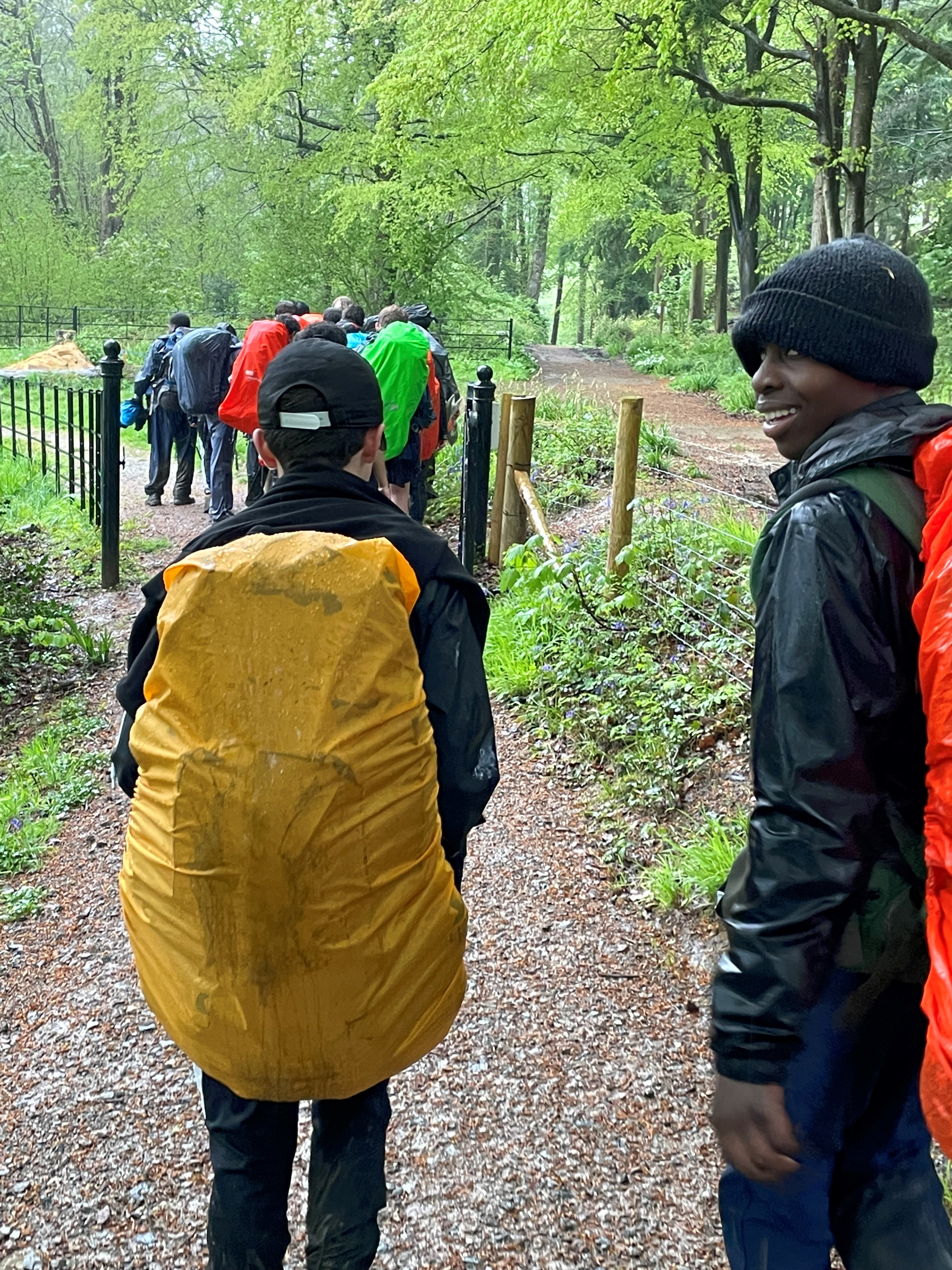
Our goal is to make the estate accessible to people for quiet enjoyment, so people can gain the benefits from time spent in the natural environment; and we will continue to invest in high quality, stable path surfaces that can be utilised and enjoyed by all.
Significant improvements have been made to provide much better access to the whole estate including the re-opening of the car park off Vowels Lane to the public and the improvement of paths down to, and around, the Lower Lake towards the ‘yellow brick road’ and Kingscote Estate.
For details of the current William Robinson Gravetye Trails, a map can be found here. Click here
Please note that we politely ask that dogs are kept on leads around Lower Lake for the protection of aquatic creatures and nesting birds.
Schools and Education
We think that it is vital for children and young people to understand why biodiversity matters and how they can play their part in helping wildlife and mitigating Climate Change.
We are working in collaboration with local schools and their students to provide hands-on biodiversity and ecology education. Sackville Secondary School (East Grinstead) visit the estate weekly to carry out ecology surveys and work on habitat improvement projects.
We are also working with University of Brighton ecology students, utilising their passion for conservation to undertake in-depth, species-specific ecological surveys.
The students usually have some specialist species or specific habitat interests, and, when visiting the estate, we encourage them to apply these interests to help further inform their knowledge and studies whilst contributing to our understanding of the biodiversity of Gravetye.
